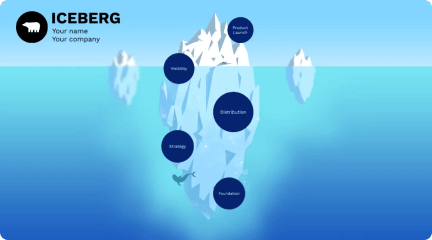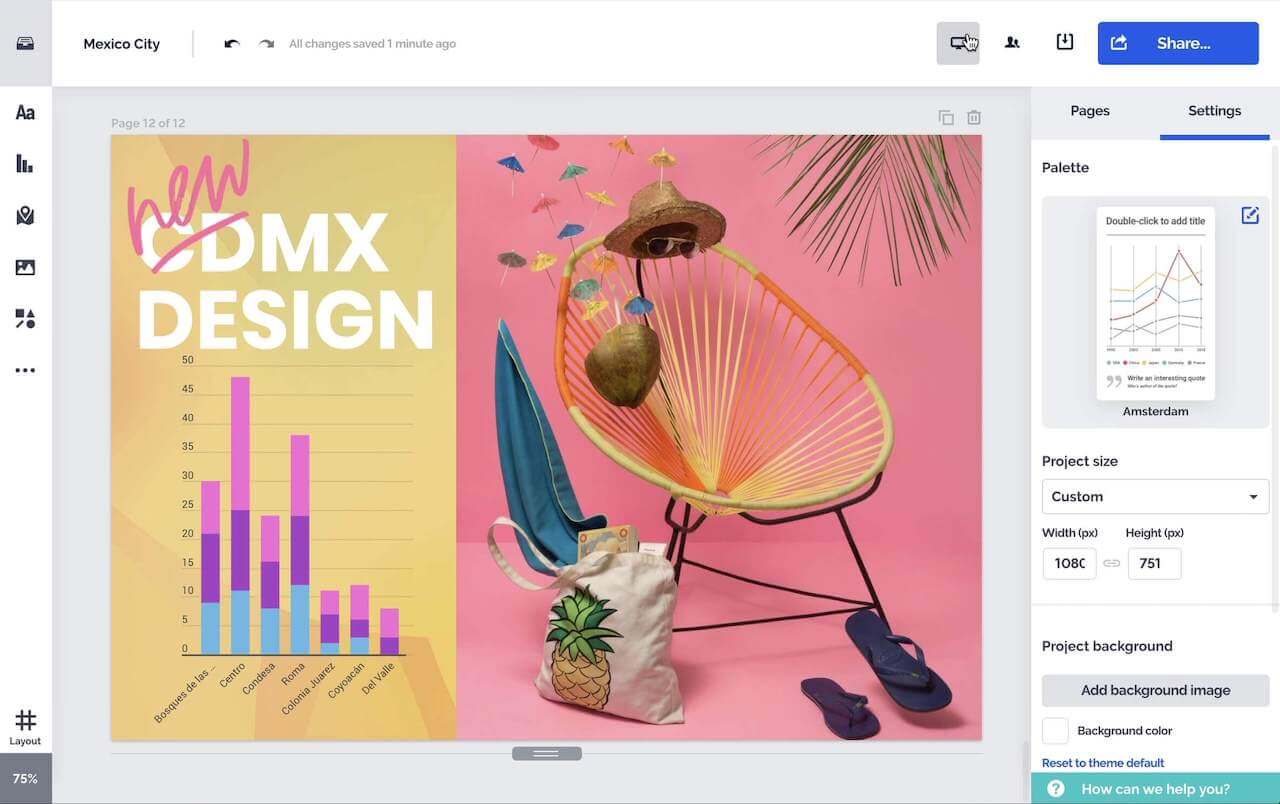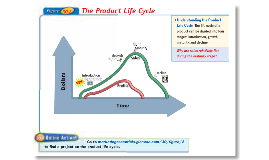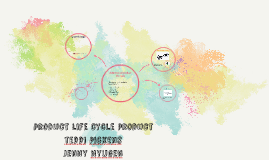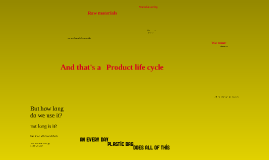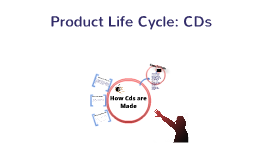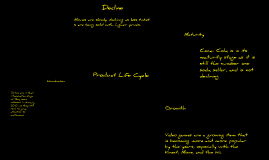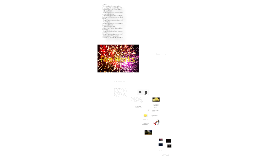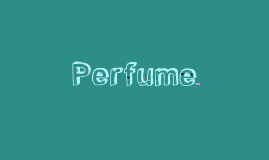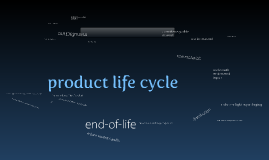Product Life Cycle
Transcript: there are proper ways to dispose of perfume bottles contact your local Hazardous Waste Collection Site some perfume stores will sometimes take your empty perfume bottles and properly dispose of them Perfume a full truckload only gets about 6 miles to the gallon due to the enormous weight that is being forced downwards pollution from the distribution of perfumes are mainly air pollution including the product's pollution and the amount of exhaust from the trucks also, the planes from overseas to transport the perfumes take an enormous amount of fuel instead of just throwing out perfume bottles, there has been a trend in upcycling the pretty decorative bottles some ideas were as ornaments or a tiny vase for a flower and much more more than 4,000 chemicals are in perfumes 95% of them are made from petroleum using perfumes do pollute the air, even when using a small spray each time, it adds up using too much perfume or fragrances is close to using pesticides inside your home also using perfumes in closed in areas force the user to inhale the chemicals causing damage to the lungs major environmental pollution organizations suggest using less perfumes due to the harm it does to the air Disposal once the fluid is all used up, the plastic or glass bottle is then disposed of in the garbage the glass and plastic will just stay in the landfill for a very long time glass is especially dangerous since how fragile it is and could potentially hurt birds or other animals lurking in garbage bins or landfills What is Perfume? a fragrant liquid usually made from natural oils extracted from flowers, spices, animals, and much more used to spray a pleasant smell to someone's body or clothes there are thousands upon thousand different types of perfumes available range of shapes, colors, smells, affordability, and gender (cologne) because of differences in body chemistry, temperature, and body odors, no perfume will smell exactly the same on any two people Production the various of chemicals found in perfumes can cause serious health issues this includes asthma, headaches, dizziness, burning or skin irritations, blood pressure spikes, and swollen lymph nodes Resource Extraction perfume was first made through the extraction of natural ingredients this includes flowers, animals, plants, grasses, herbs, fruits, and many more with today's technology, scientists could now synthetically duplicate certain fragrances the essences of the oils are concentrated from being distilled in alcohol and water most perfumes are also aged to concentrate a more intensified and long-lasting fragrance Even though perfumes generally can make a person feel better about themselves, perfumes are a dangerous occurrence that happens in our daily lives. Consumption just like how Annie Leonard said, companies develop products easier to dispose of so we need to buy more most people use perfume everyday, sometimes multiple times a day notice how perfume bottles are more concentrated about their appearance than the actual amount of fluid inside 8,000 tons of perfume are produced annually when sprayed perfumes can be absorbed through the skin and fat tissues and cause harm when washed they could possibly get into the environment through waste water and sewage major chemical contaminants in many fish and water samples Some ways to lessen the consequences of perfume could be to use less perfume, use the product in a more open space, or be cautious of the types of fragrances you use. this makes distribution process more widely used, having the product be sent to many stores, leaving a huge carbon footprint all around the world people are using and making perfumes usually people like a certain perfume, therefore they will buy that perfume from wherever it is available, no matter the distance another chemical found in perfume called Acetaldehyde was actually discovered to be a human carcinogen side effects using this chemical are loss of muscle control, brain damage, memory loss, and problems with speech studies also found that pregnant women using certain perfumes could potentially cross chemicals through the placenta into the fetus in case of any accidents during land distribution, the amount of perfume that will be released in the air and on the land would be a major downfall to the ecosystems nearby the fumes from the fragrances would last for days and spread liquids would seep into the soil or water Bibliography- http://www.madehow.com/Volume-2/Perfume.html#b http://www.care2.com/greenliving/toxic-effects-of-perfume.html?page=1 http://www.ourlittleplace.com/noperfume.html http://www.chemicaltransportation.com/transportation-resources/ http://www.consumeraffairs.com/health/perfume.htm perfumes are a major daily tendency, especially for girls, and yet there is much harm being done every time it is being used to obtain just one pound of natural oils from flowers and other plants, it takes about a thousand flowers or plants this brings about a lot of over usage of the



